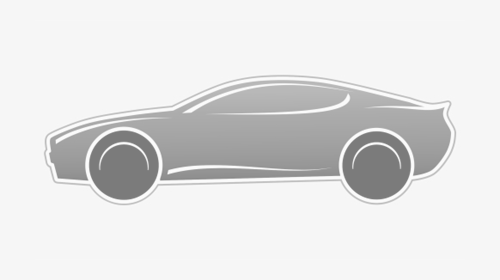Smart home automation(Touchbeat) is a rapidly evolving technology that allows homeowners to control various household functions and devices remotely or automatically through a centralized system. By integrating devices such as lights, thermostats, locks, cameras, and appliances, smart home automation enhances convenience, energy efficiency, security, and overall lifestyle.
Key Components of Smart Home Automation:
1. Centralized Control Systems:
Hubs and Controllers: A central control hub, such as Amazon Echo, Google Nest, or Apple Home Kit, is the heart of smart home automation. It connects to different smart devices and enables communication between them. Some systems use a smartphone app, while others utilize voice commands or even AI to automate tasks.
Apps:
Most smart home systems offer mobile apps that allow you to control and monitor your devices remotely, customize settings, and receive notifications. These apps offer real-time updates, energy usage reports, and security alerts.
2. Lighting Automation:
Smart Bulbs and Switches: Control lighting through mobile apps or voice commands, creating customized lighting schedules, dimming lights remotely, or even setting mood-based lighting scenes. Smart lighting can also turn on/off automatically based on motion sensors or room occupancy, enhancing energy efficiency.
3. Climate and Energy Management:
Smart Thermostats: Devices like the Nest Thermostat or Ecobee automatically adjust temperature settings based on your preferences, the time of day, or occupancy, leading to energy savings. They can learn your habits and adjust accordingly, while also allowing remote control via apps.
4. Security and Surveillance:
Smart Locks: These provide remote control over door locking mechanisms. You can unlock your door with your phone, give temporary access to visitors, or automate locking schedules. Some even come with fingerprint or facial recognition features
Appliance Automation:
• Smart Appliances: Devices like smart refrigerators, ovens, and washing machines can be monitored and controlled via apps. They offer features like inventory management, remote cooking, or even self-diagnosis of malfunctions.
Entertainment and Convenience:
• Smart Speakers and Assistants: Devices like Amazon Alexa, Google Assistant, or Apple Siri provide voice-activated control over your smart home devices. You can ask them to play music, check the weather, control lighting, or even lock doors.
• Multi-Room Audio and Video Systems: Smart home systems integrate entertainment systems, allowing you to stream music or video across different rooms. You can set up a home theater system that you can control from your phone or voice assistant.
Automation and Scheduling:
• IFTTT (If This Then That): Platforms like IFTTT allow users to create automated routines based on triggers. For example, you can set your lights to turn on when your phone’s GPS detects you arriving home, or adjust your thermostat when you leave.
• Scenes and Schedules: Most systems allow you to create "scenes" or routines. For example, a "Good Night" scene could turn off all lights, lock doors, and lower the thermostat at bedtime.
Future of Smart Home Automation:
The future of smart home automation is moving towards even greater integration and AI-driven systems. Devices will become smarter, with predictive algorithms anticipating users' needs based on habits and preferences. Additionally, advancements in 5G technology and the Internet of Things (IoT) will allow for faster, more reliable communication between devices, creating a more connected and seamless home automation experience.
In summary, smart home automation is transforming the way we interact with our living spaces, offering a blend of convenience, efficiency, and security. Whether you're looking to automate simple tasks like lighting or create a fully integrated system, the possibilities are vast and ever-growing.
